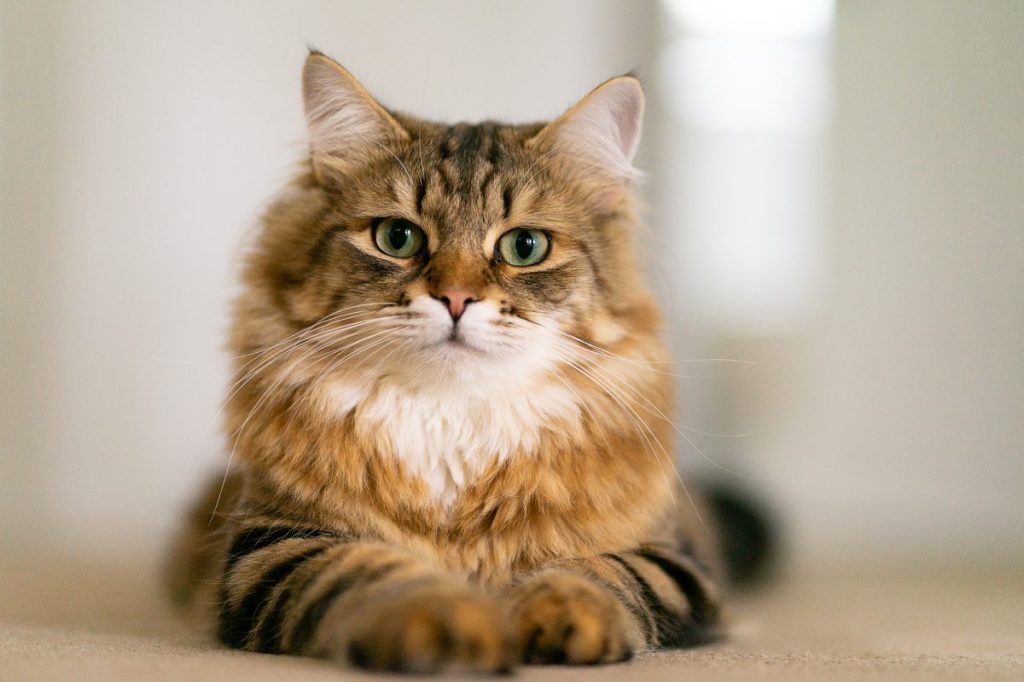Siberian cats, glamorous natives of Siberia’s subarctic taiga, owe their thick, protective coats to their harsh environment. Highly affectionate and playful when they want to be, these cats don’t need much exercise and are just as happy snuggling up with their humans as they are chasing a laser toy. They’ll follow you everywhere and gladly participate in whatever you’re doing, whether…

Terfel’s outlook on life changed drastically the day that his owner, Judy Godfrey-Brown of Holyhead, North Wales, took in a…




